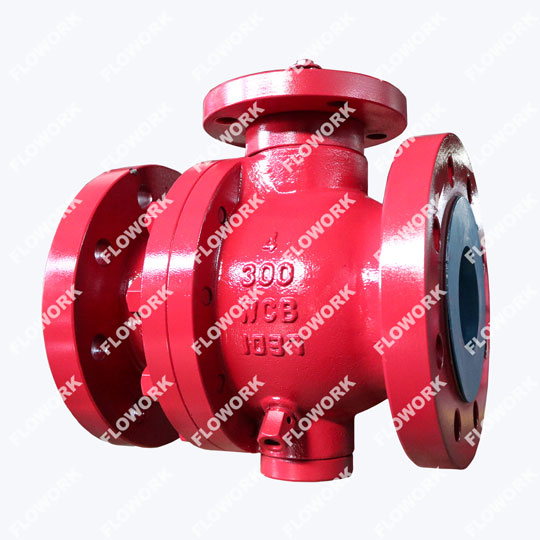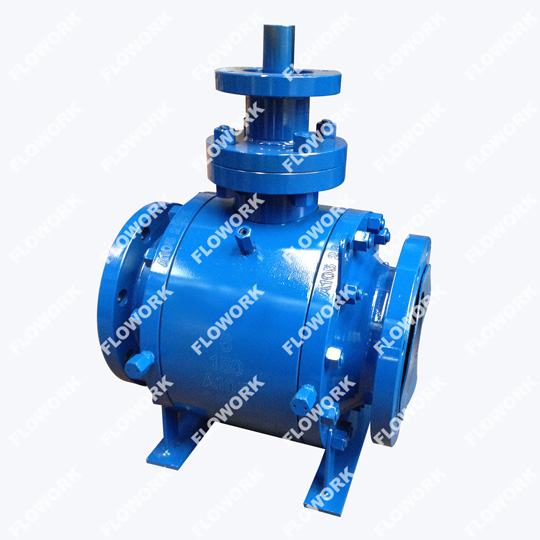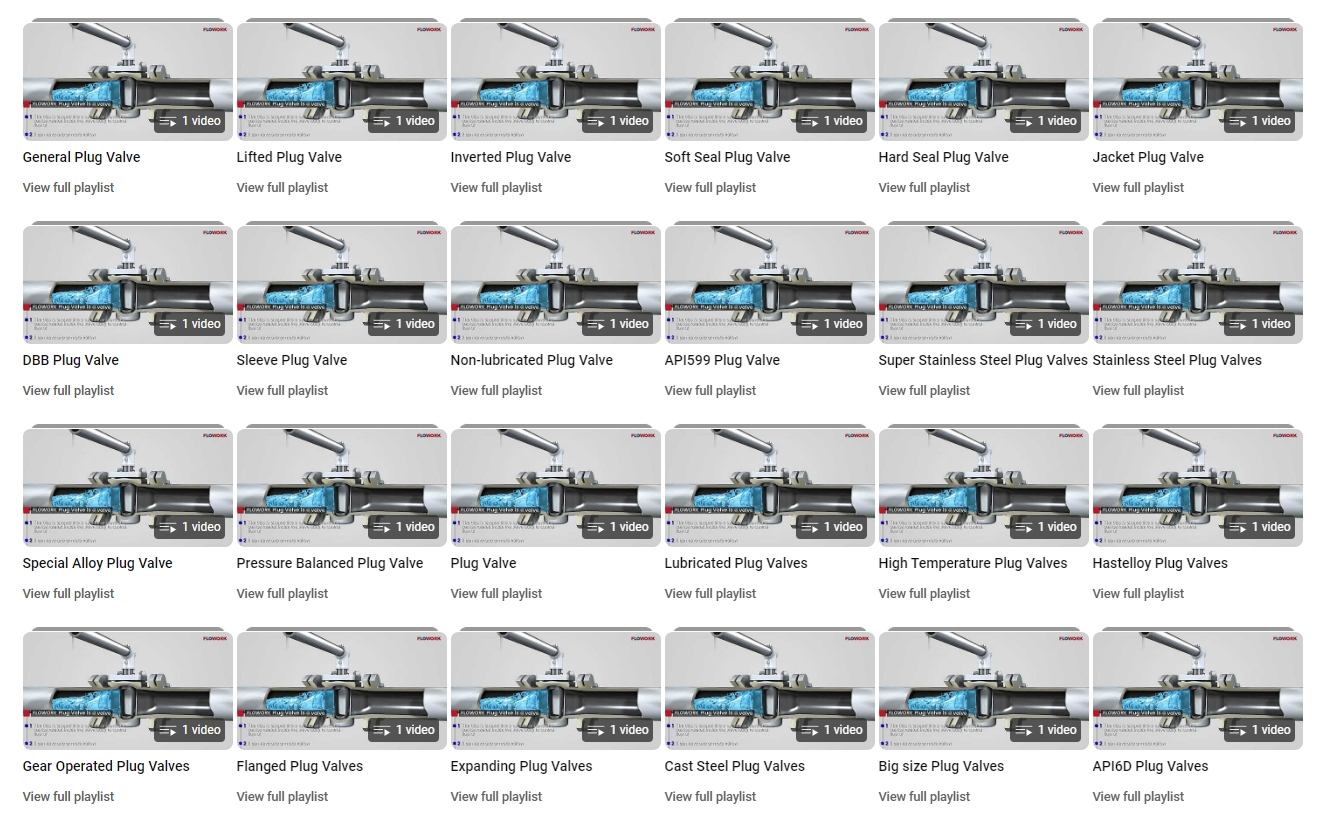How is a ball valve constructed?
Today I would like to share with you an in-depth analysis of the structural details, process flow and application scenarios of ball valves. Everyone can discuss the internal structure, material selection, manufacturing process of the ball valve, as well as its application and optimization direction in actual engineering. Ball valves, with their unique design and excellent performance, have become an important component of modern industrial fluid control. Behind its simple and efficient working principle lies its exquisite structure and rigorous manufacturing process. Understanding these details is crucial to optimizing ball valve performance, improving its service life and safety.
1. Basic structure of ball valve
Valve body: The main part that bears pressure, usually made of cast iron, cast steel, stainless steel or special alloys. Factors such as pressure, temperature, corrosion, etc. should be considered during design, globe valve manufacture.
Valve cover: combined with the valve body to form a sealed fluid channel. There are two types of connection methods: bolted connection and welding.
Sphere: core control element with through holes, which allows fluid to be connected and disconnected through rotation. Commonly used materials are stainless steel, ceramics, etc.
Stem: The component that drives the ball to rotate. It requires high bending resistance, torsional strength, and good sealing with the sphere.
Sealing ring: ensures the sealing when the valve is closed. Commonly used materials include polytetrafluoroethylene, rubber, metal pads, etc.
Packing: Prevents fluid from leaking to the outside of the valve stem, usually made of graphite, PTFE, etc.

2. Manufacturing process of ball valve
Casting: The valve body and valve cover are usually manufactured using sand casting or precision casting processes to ensure structural integrity and dimensional accuracy, api 6d ball valve.
Mechanical processing: Balls, valve stems and other components need to be finely processed through lathes, milling machines and other equipment to ensure their fit accuracy and surface quality.
Welding: Some high-pressure ball valves require welding to connect the valve body and valve cover to ensure sealing and strength.
Assembly: All components are assembled together in a certain order to ensure that the fit clearance, sealing, etc. meet the design requirements.
Testing: The finished ball valve needs to undergo pressure testing, sealing testing, etc. to ensure that its performance meets the standards.
3. Performance optimization direction of ball valves
Material selection: Select appropriate materials according to working conditions, such as high-strength stainless steel, corrosion-resistant alloy, etc., to improve the service life and safety of the ball valve.
Structural design: Optimize the matching relationship between the ball and the valve body, the valve stem and the packing, reduce the operating torque and improve the sealing performance.
Surface treatment: Spraying, plating and other processes are used to improve the corrosion resistance and appearance quality of the ball valve.
Intelligence: Introduce sensors and actuators to realize remote control and automated operation of ball valves, improving production efficiency and management levels, plug valve supplier.

4. Application and maintenance of ball valves
Application scenarios: Ball valves are widely used in petroleum, natural gas, chemical industry, water treatment, pharmaceutical and other industries to control various fluids, such as water, steam, oil products, chemicals, etc. In different industries, ball valves need to meet specific requirements, such as high pressure resistance, corrosion resistance, hygiene level, etc.
Installation and use: When installing, ensure that the direction of the fluid is consistent with the direction of the ball mark to avoid damaging the sealing ring. During use, the ball valve's sealing, operating flexibility, etc. should be checked regularly to ensure that it is in good working condition, butterfly valve wholesale.
Maintenance and maintenance: Clean and lubricate the ball valve regularly, and replace damaged seals and packings. For ball valves that have not been used for a long time, the internal fluid should be closed and drained to prevent freezing cracking and blockage.
Common faults and solutions: Faults such as ball sticking and loose sealing may be caused by the entry of impurities and the aging of the sealing ring. When handling, the cause should be analyzed first and corresponding measures should be taken, such as cleaning and replacing sealing rings.
5. Development Trend of Ball Valve
High-performance materials: With the development of new material technologies, such as high-strength stainless steel, ceramic materials, nano-coatings, etc., it will provide more possibilities for improving the performance of ball valves.
Intelligence and automation: The integration of IoT, sensor and actuator technologies will provide strong support for remote monitoring, fault diagnosis and automatic control of ball valves.
Green and environmental protection: In response to global climate change and resource constraints, green and environmental protection has become the development trend of the valve industry. The manufacturing process of ball valves will pay more attention to energy conservation, emission reduction and resource recycling.
Personalization and customization: As various industries continue to improve the performance requirements of ball valves, personalization and customization will become important features of the ball valve market. Manufacturers need to provide customized solutions based on customer needs.
6. The following is the summary I made for everyone
The above content is a detailed analysis I made for you, from the basic structure, manufacturing process to performance optimization direction and application maintenance. You can continue to pay attention to the development trends of ball valve technology to meet the changing market needs. At the same time, we should also actively participate in international cooperation and exchanges to jointly promote the progress and development of ball valve technology.








